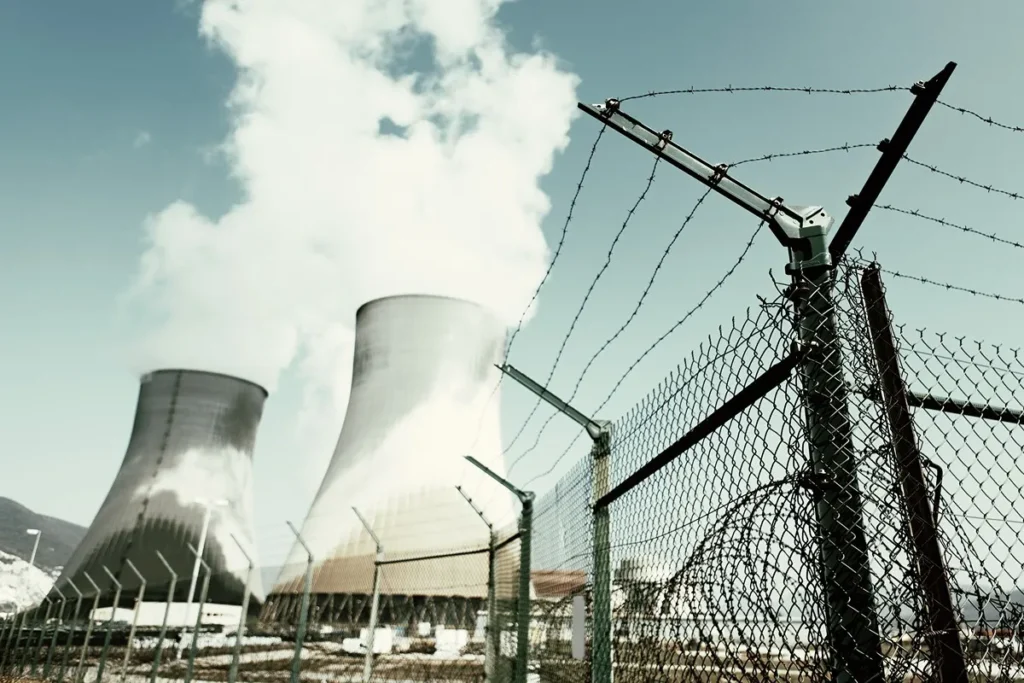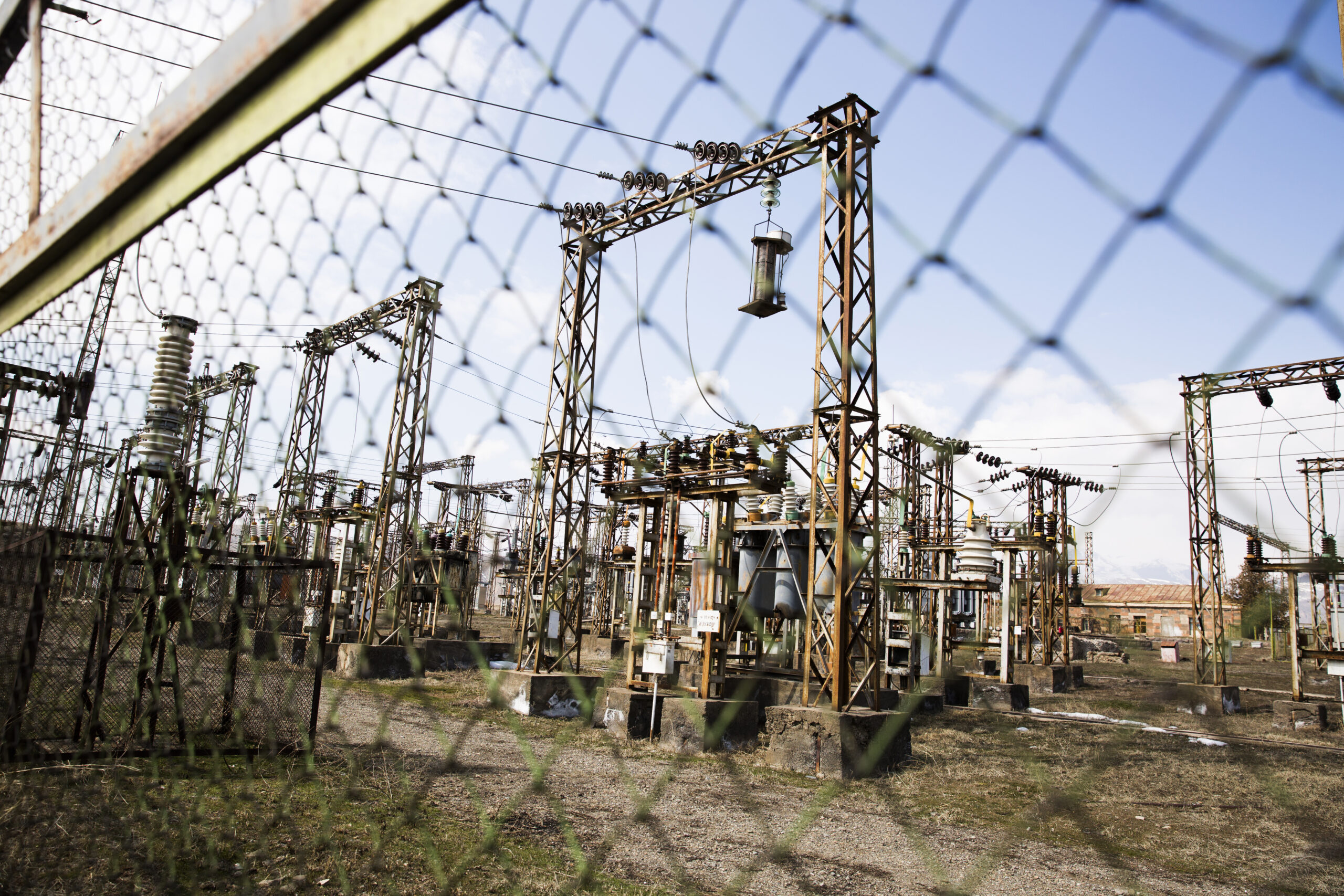The Mitigating System Performance Index (MSPI) is an essential metric in the ever-evolving landscape of nuclear power plant safety and operational standards. It helps precisely assess and manage the performance of critical systems in nuclear power plants. It serves as a comprehensive tool, enabling operators to monitor and enhance the reliability and effectiveness of critical safety systems in their facilities. This makes MSPI an invaluable asset in maintaining the highest safety and operational excellence standards in the nuclear industry.
MSPI and Its Key Components
MSPI is a safety performance indicator specifically designed for nuclear power plants. It focuses on the availability and reliability of systems in a nuclear power plant. Availability determines whether the system is present to perform the indicated operation, while reliability assesses if it operates as expected. These two aspects form the core of MSPI’s assessment strategy, which determines the performance standards of any nuclear power plant. After that, MSPI compares that performance against the industry’s accepted standards and offers a comprehensive view of a plant’s operational readiness. This approach enhances nuclear power plant safety standards and serves as a benchmark for other industries seeking to improve their safety measures.
The Significance of MSPI Over Traditional Indicators
Traditionally, the nuclear industry relied on the Safety System Unavailability (SSU) indicator. However, SSU’s limited scope, primarily in addressing system unavailability, necessitated the development of a more encompassing measure. MSPI fills this gap by including both unavailability and unreliability of a system in a nuclear power plant. It also resolves several issues inherent in SSU, such as the subjective analysis of “fault exposure” unavailability and the complexity of cascading support system unavailability onto frontline systems. The transition from SSU to MSPI marks a significant leap towards a more detailed and accurate reflection of system performance. In effect, MSPI has redefined power plant safety, moving beyond traditional metrics to a more comprehensive and effective system of operational efficiency metrics.
The Role of Risk Weighting in MSPI
A unique aspect of MSPI is its use of risk weighting that helps in optimizing performance. In this approach, each part of a system and its components that significantly impact risk are given specific importance based on how much they affect overall plant safety. Such an approach ensures that the index is not just a flat measure of performance but a dynamic reflection of each element’s real-world risk. The risk contributions from both unavailability and unreliability are combined and compared against established safety thresholds, facilitating a more detailed assessment than previous models.
MSPI’s Impact on Maintenance and Inspection
Implementing MSPI has profound implications for inspecting and maintaining nuclear power plants. It allows for a more targeted approach where inspection resources can focus on areas of higher risk significance. This efficiency conserves resources and ensures that safety measures are directed where they are most needed. Furthermore, MSPI’s alignment with maintenance rules and Plant Risk Assessment (PRA) assumptions simplifies operational processes, reducing the burden of maintaining separate performance tracking systems. By streamlining maintenance and inspection processes, MSPI significantly contributes to enhancing nuclear power plant safety.

Public Transparency and the Role of MSPI
Transparency is a cornerstone of nuclear safety, and MSPI contributes significantly. NRC provides color-coded windows of MSPI performance, offering an accessible overview of nuclear power plant safety. While detailed technical data might not be publicly available, the summarized MSPI data clearly indicates a plant’s safety status. This transparency informs the public and reinforces the accountability of nuclear facilities. This level of transparency in reporting MSPI data is crucial for public trust and plays a significant role in reinforcing nuclear safety standards.
Conclusion
The introduction of MSPI represents a pivotal advancement in nuclear power plant safety and operational efficiency. By providing a detailed and risk-weighted view of system performance, MSPI sets new safety benchmarks and enhances operational transparency. It is a pivotal tool steering the nuclear industry towards greater efficiency, safety, and public trust, embodying a forward-thinking approach to avoiding and managing potential nuclear risks.
Disclaimer: Any opinions expressed in this blog do not necessarily reflect the opinions of Certrec. This content is meant for informational purposes only.












